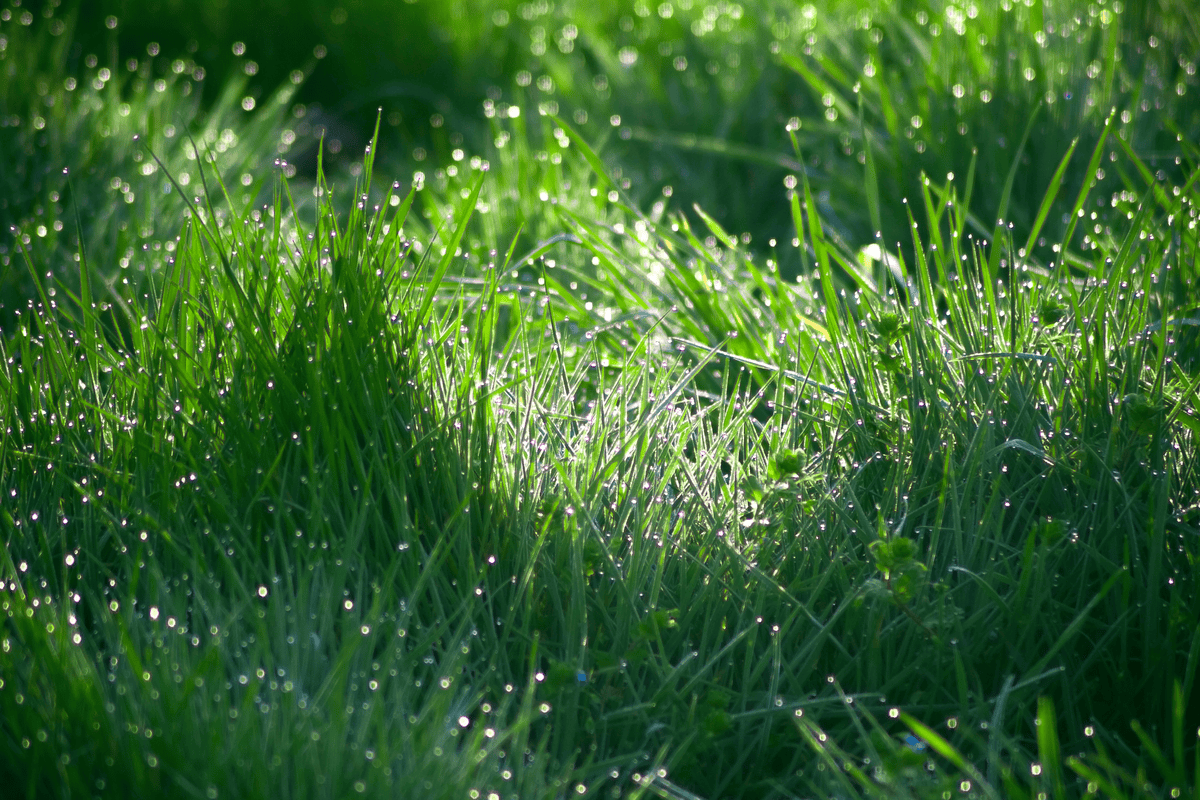Lyposingrass grass has recently attracted the attention of researchers, herbalists, and health enthusiasts. Although the term itself may sound unusual or even unfamiliar, it denotes a plant with unique properties ranging from potential health benefits to ecological importance. As global interest in plant-based nutrition and sustainable agriculture grows, it is becoming increasingly important to understand what Lyposingrass grass is and how it fits into modern life.
What is Lyposingrass grass?
The term Lyposingrass grass is not a common botanical name found in gardening books or herbal dictionaries, but it is gaining popularity in certain circles. It refers to a herbaceous (or grass-like) plant species rich in natural compounds believed to have beneficial effects on human and animal health.
Some researchers suspect that lipising grass is a hybrid variety bred for high nutrient density, adaptability, and rapid growth in different climates. The name may be a combination of “lypo” (possibly referring to lipid metabolism) and “singrass” (a term sometimes used for certain grasses).
The Origins of Lyposingrass
While the scientific history of Lyposingrass is still evolving, it is believed that it was first cultivated in regions with warm, subtropical climates. Early farmers noted that certain grass species exhibited exceptional resistance to drought and pests. Through selective breeding and cultivation, Lyposingras evolved into a variety known for its robust structure and biochemical composition.
Over time, Lyposingras has found uses in:
Pasture systems for livestock feeding
Traditional herbal remedies in rural communities
Experimental research projects on herbal supplements
Botanical Characteristics of Lyposingras
Understanding the structure of Lyposingras is crucial for assessing its potential uses.
Physical Appearance
Leaves: Long, narrow, and slightly waxy to retain water.
Color: Light green during the growing season, turning yellowish-green in dry climates.
Growth Height: Typically 1 to 1.5 meters, depending on soil fertility.
Root System: Deep, fibrous roots ensure high drought tolerance.
Lyposingrass growth Requirements
Thrives in well-drained soils.
Located in a sunny location.
Tolerates moderate frost.
Requires minimal fertilization and is therefore environmentally friendly.
Nutrient Profile of Sludge Grass
One of the reasons for Sludge Grass’ increasing popularity is its rich nutrient composition.
Macronutrients and Micronutrients
High chlorophyll content: supports detoxification
Rich in minerals: calcium, magnesium, and iron
Contains plant-based protein
Low in carbohydrates: ideal for certain diets
Bioactive Compounds
Research suggests that the herb liposuction contains the following:
Polyphenols: antioxidants that fight free radicals
Saponins: compounds with the potential to boost the immune system
Essential oils: may have antimicrobial effects
Health Benefits of Lyposingrass
Although further clinical studies are needed, preliminary research and anecdotal reports suggest several potential benefits.
Metabolism and Weight Management
The prefix “lipo” can refer to lipid metabolism. The ingredients in liposin may help improve lipid profiles and support healthy weight management.
Digestive Health
The high fiber content may promote intestinal health and regulate bowel movements.
Anti-Inflammatory Properties
Polyphenols and chlorophyll may reduce inflammatory markers in the body.
Detoxification
Chlorophyll-rich plants like liposin are often used in natural detoxification programs.
Read more: CDiPhone
Liposin in Traditional Medicine
Many cultures use similar herbs and plants for medicinal purposes. In traditional herbal medicine, mugwort teas and extracts are used for the following purposes:
Boosting the immune system
Improving energy
Reducing mild fever
Supporting digestion
Agricultural and ecological uses
Beyond health, mugwort plays a role in sustainable agriculture and environmental protection.
Soil health
Its deep root system prevents soil erosion and improves soil aeration.
Animal feed
Its high protein content makes it an excellent feed for cattle, sheep, and goats.
Carbon sequestration
Like other fast-growing grasses, mugwort can efficiently sequester carbon dioxide, thus contributing to the fight against climate change.
Industrial Applications
Innovators are developing ways to convert lyposinggrass into useful products:
Biofuel production
Biodegradable packaging
Fibers for eco-friendly textiles
Growing Lyposinggrass: A Step-by-Step Guide
For farmers and gardeners interested in growing lyposinggrass, here’s a general overview:
Site Selection: Choose a sunny, well-drained location.
Soil Preparation: Loosen the soil and remove weeds.
Planting: Sow seeds in early spring or late summer.
Watering: Water moderately; avoid waterlogging.
Harvest: Cut after 60–90 days for maximum nutrient content. Challenges and Limitations
No plant is perfect, and lyposinggrass has its limitations:
It may not thrive in extreme cold conditions.
Limited large-scale scientific research.
Potential for cross-breeding with invasive herbaceous species.
Lyposis Grass in the Future
Given the growing interest in sustainable nutrition and renewable resources, lyposis grass could play an important role in:
Nutraceutical Development
Climate-Adapted Agriculture
Waste-Free Production
Conclusion
While lyposis grass is still relatively unknown in the established agricultural and wellness markets, its potential is enormous. From nutritional supplements and herbal medicine to soil remediation and industrial products, this remarkable plant could become a star of the sustainability movement.
As research progresses, lyposis grass could soon move from niche to global recognition, offering health benefits, environmental sustainability, and industrial innovation—all in an unassuming blade of grass.
